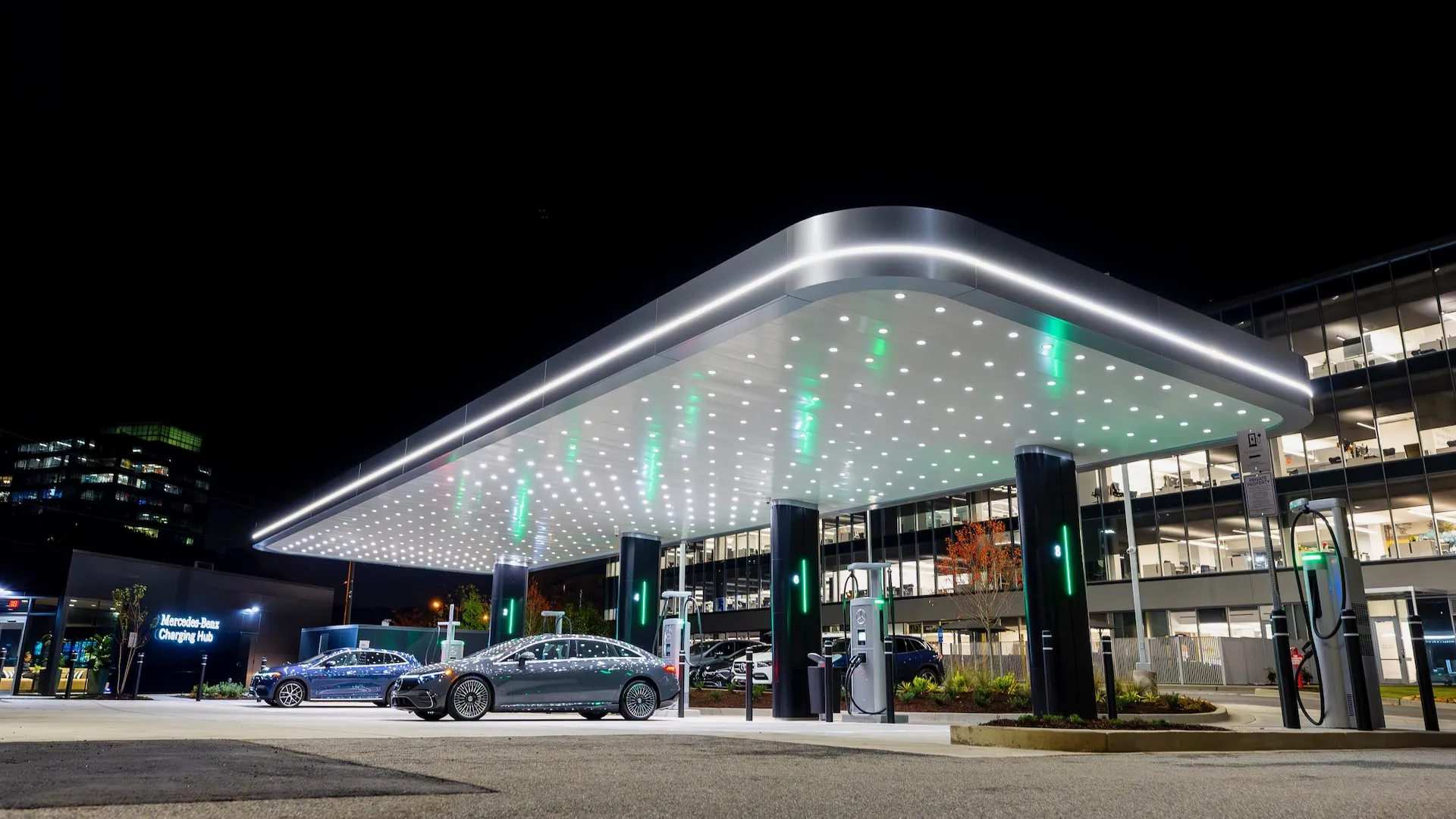
Lithium-ion batteries can degrade over time for multiple reasons, including cracking among cathode particles. Commonly mentioned in research papers as intergranular cracking or intergranular fracture, the phenomenon causes corrosion and mechanical degradation within a battery, leading to range loss. But new U Michigan research shows how cracking can be beneficial.
The following might sound like a chemistry lesson, so bear with me. The cathode, or the negative electrode in a battery, contains trillions of microscopic particles made of different battery chemistries like lithium nickel manganese cobalt oxide (NCM), or lithium nickel cobalt aluminum oxide (NCA). Cracking among these particles can lead to faster charging speeds, states the U Michigan study.
A cathode’s charging speed depends on the surface-area-to-volume ratio of the particles. So in theory, smaller particles charge faster than larger ones. However, the charging properties of individual cathode particles couldn’t be measured by conventional methods, which only calculated the properties of all cathode particles as an average, as per the study.
But material sciences experts from U Michigan determined the charging properties of individual particles using an innovative technique: they inserted the particles onto a device generally used in neuroscience to study electrical signals transmitted by individual brain cells. The device is a two-by-two-centimeter, 100 nanometers thick, purpose-built chip, with 62 square microelectrodes.
The researchers then scattered a small amount of NMC532 particles on the chip. They used a tungsten needle with one micron-wide tip, 70 times thinner than the average human hair strand, to manually place the particles on working electrodes. The researchers discovered that charging speeds didn’t depend on cathode particle size, as larger particles behaved like a collection of smaller ones upon cracking.
Here’s an excerpt from the published research paper:
Polycrystalline Li(Ni,Mn,Co)O2 (NMC) secondary particles are the most common cathode materials for Li-ion batteries. During electrochemical (dis)charge, lithium is believed to diffuse through the bulk and enter (leave) the secondary particle at the surface. Based on this model, smaller particles would cycle faster due to shorter diffusion lengths and larger surface-area-to-volume ratios. In this work, we evaluate this widespread assumption by developing a new high-throughput single-particle electrochemistry platform using the multi-electrode array from neuroscience. By measuring the reaction and diffusion times for 21 individual particles in liquid electrolytes, we find no correlation between the particle size and either the reaction or diffusion times, which is in stark contrast to the prevailing lithium transport model. We propose that electrochemical reactions occur inside secondary particles, likely due to electrolyte penetration into cracks. Our high-throughput, single-particle electrochemical platform further opens new frontiers for robust, statistical quantification of individual particles in electrochemical systems.
In simple terms, the study encourages further research into cracked particles within a battery cell, and how different methods can be applied to make lithium move faster between the electrodes to improve charging times.










